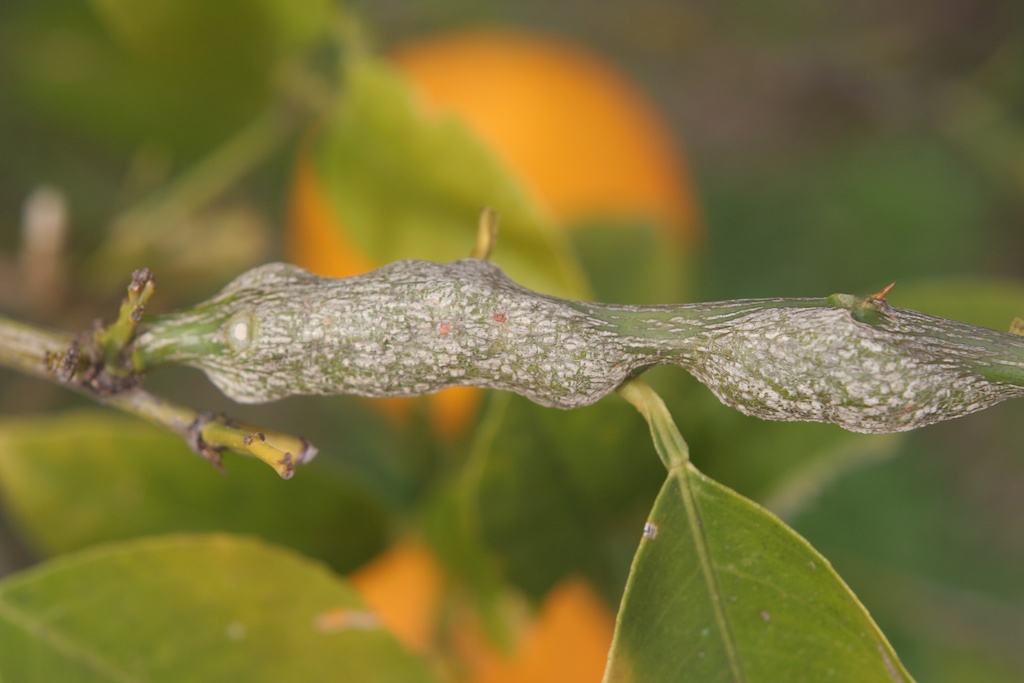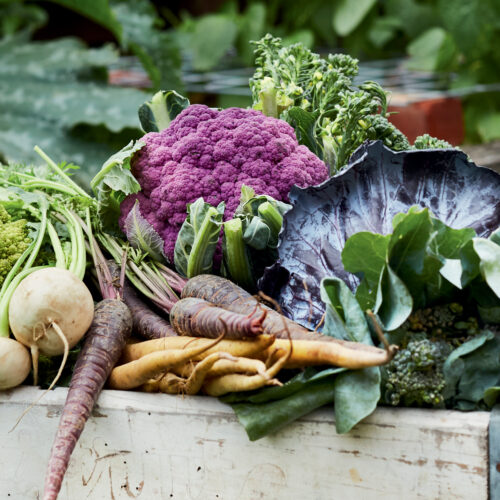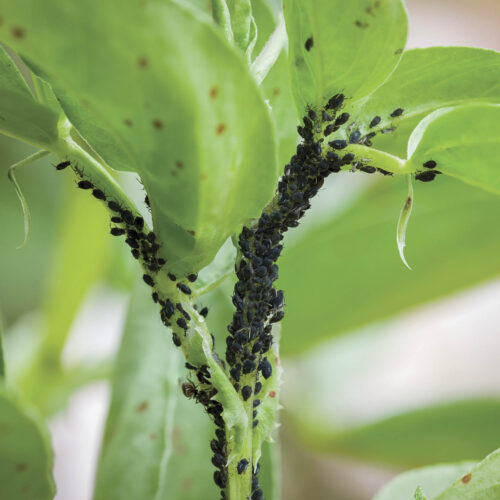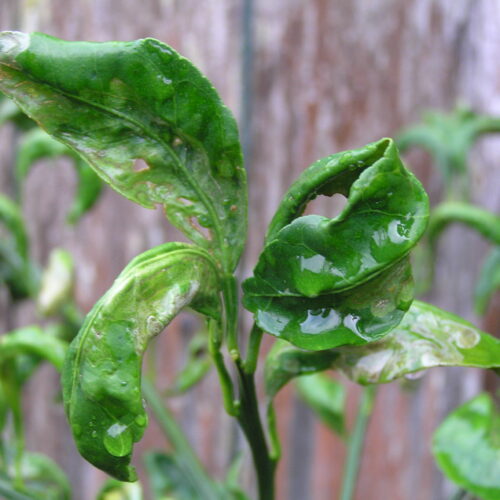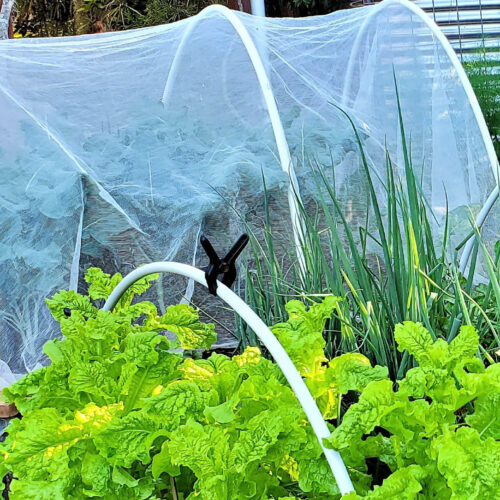Citrus gall wasp
2015-07-13T07:11:34+10:00
PENNY WOODWARD explains the ins and outs of a citrus gall wasp’s lifecycle and what you can do to control them.
While you are picking your lemons, oranges and other citrus, keep an eye open for the stem thickenings that signal citrus gall wasp. This wasp (Bruchophagus fellis) is an Australian native insect that lays its eggs into the stems of citrus trees. The eggs hatch and the larvae feed on stem tissue, causing the swellings. In its native habitat of Queensland and New South Wales, the wasp is reasonably well controlled by its natural predators, two parasitic Megastigmus wasps that feed on the pupating larvae. But the citrus gall wasp has moved south following warmer temperatures but unfortunately so far the parasitic wasps have not followed in any numbers, so the citrus gall wasp can cause serious damage in southern states.
Knowing the life cycle of the citrus gall wasp will help to control this pest. In spring the female lays eggs into the bark of citrus stems. The eggs hatch and larvae then burrow into the bark. By December woody tissue is formed around the larvae causing the distinctive swelling of the gall. By the following winter the larvae inside the gall pupate ready to emerge again as adults in spring.
There are no specific organic pesticides available to control this pest, so the best treatment is to prune out the swellings before August when the adults emerge. Put these prunings into well sealed plastic bags and into the rubbish, or better still leave them in the sun to bake. Talk to your neighbours and get them to do the same, so that you don’t get rid of your wasps just to have your tree infected by the neighbour’s wasps flying over the fence. In fact the adult wasps don’t live long and don’t travel very far. If you don’t remove the galls then the adults are likely to emerge and re-infect the same tree. In places where pruning out a whole branch will do too much damage I also tried using a razor blade to slice through the galls, opening them up to the elements and killing the larvae. This seems to have been successful.
Other useful techniques that will help to minimise infestations are to not overfeed plants. Wasps are attracted to fresh spring growth. Also don’t over water, as wasp numbers are higher in those parts of the tree where the atmosphere is damp and moist. Small trees could be covered by fine netting (the holes would need to be 2mm or less) during the two months or so in spring when the adult wasps are active. The exact timing for this depends on where you live. You would need though, to be sure that there are no existing swellings or else you will just be netting in any wasps that hatch and guaranteeing that they would re-infest your tree. It is not yet possible to purchase the predatory Megastigmus wasps for release into the garden. But there are quite a few companies that sell beneficial insects and it may be that these parasitic wasps will become available in the future.

